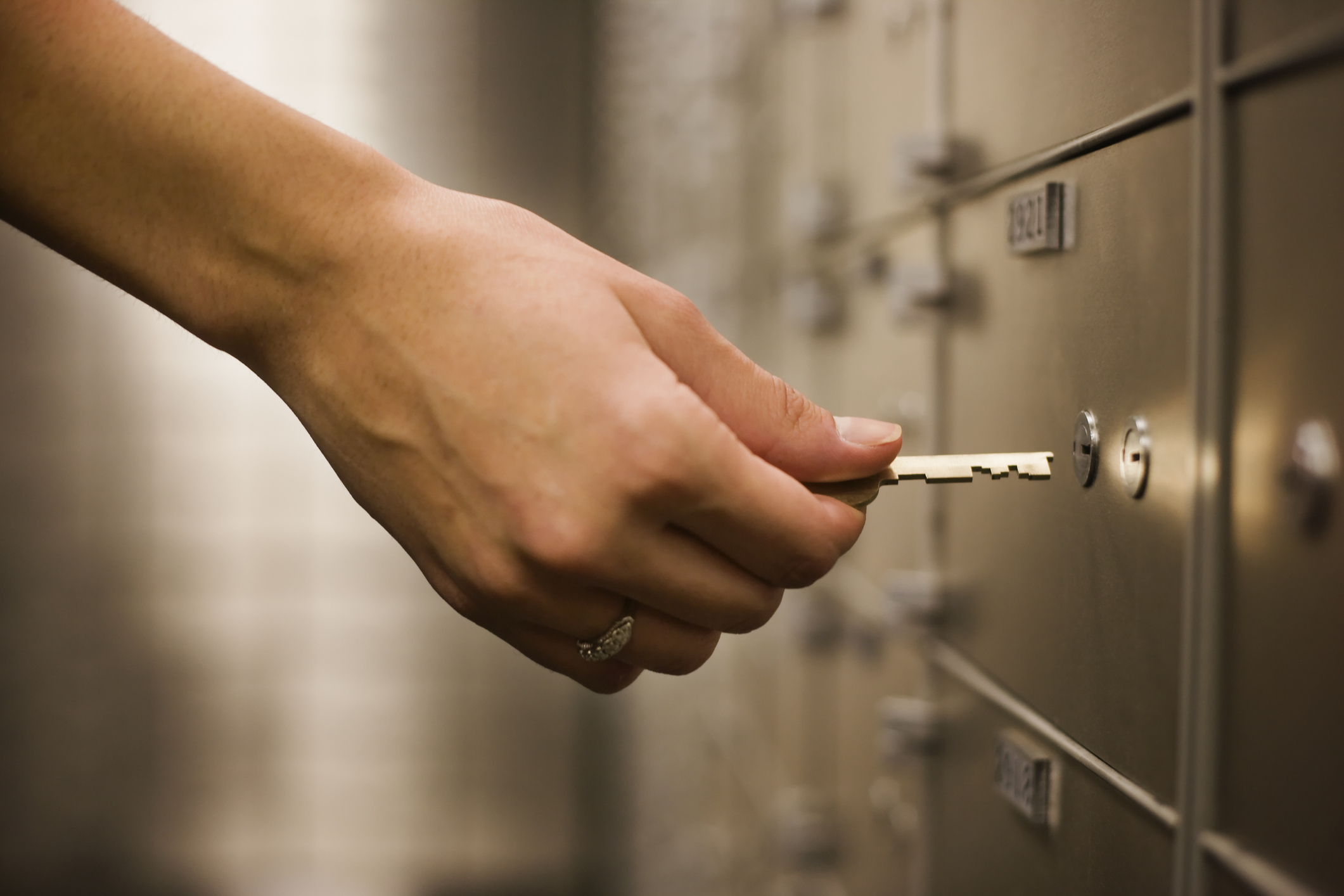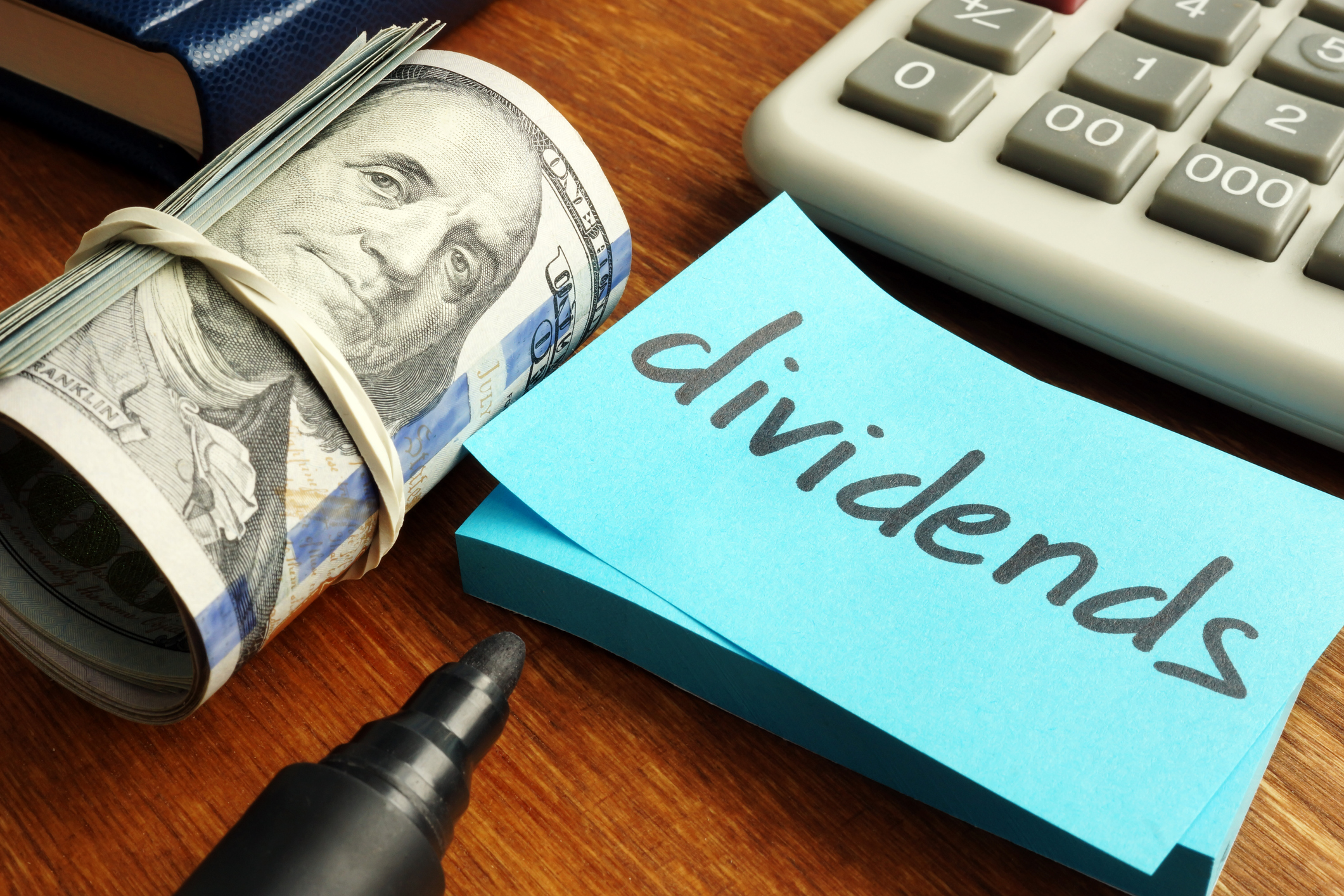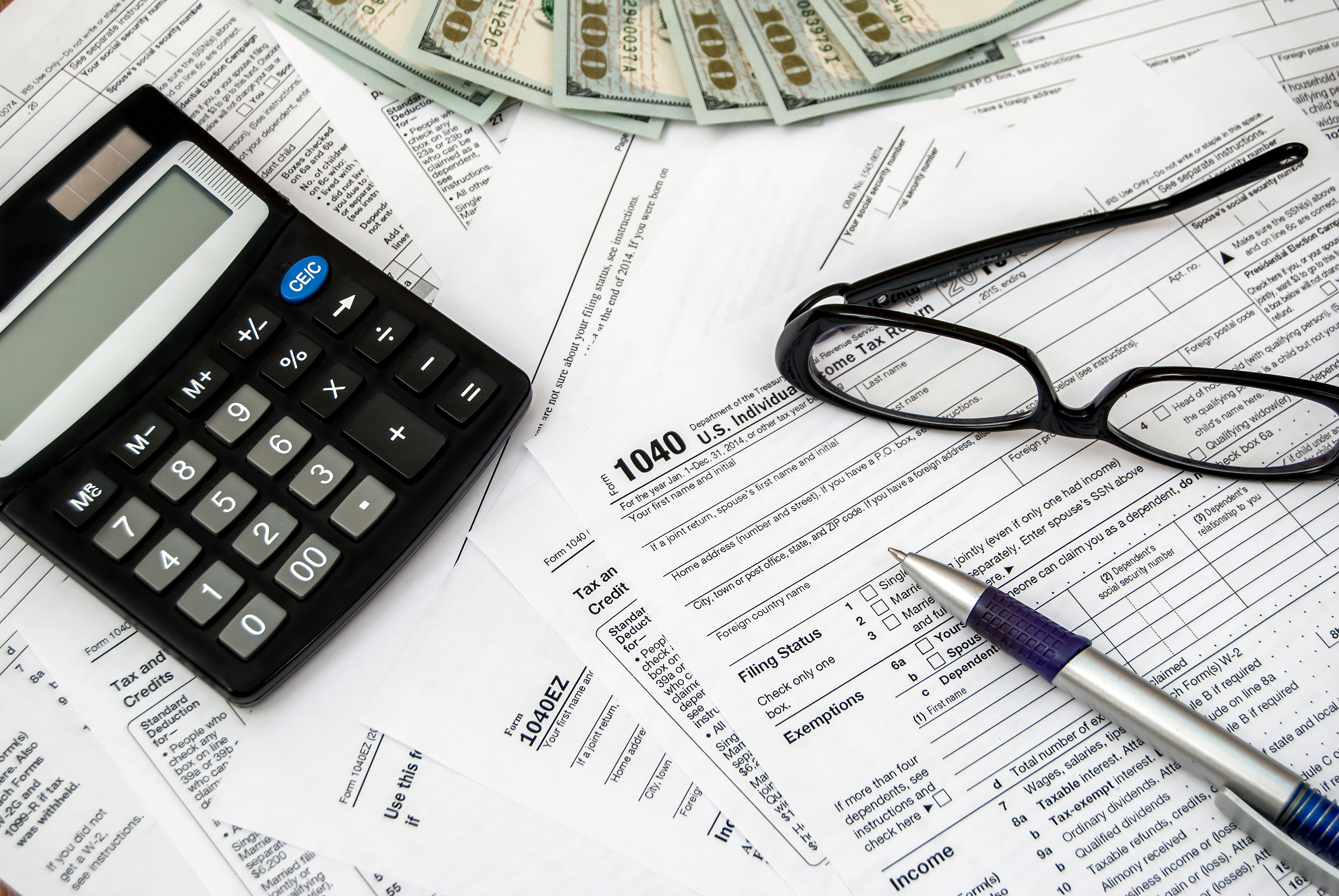There are a number of accounting techniques used by publicly traded companies that can better explain on paper how their assets are aging. Depreciation is one of them. It’s important to understand this concept before diving head-first into financial statements.

What is depreciation?
Put very simply, depreciation is a way to reduce the value of long-term assets held by a company and reduce taxation related to those assets. What that means in English is that if you have a company that makes plastic cups and you need to buy a new plastic cup machine, that machine will only have a limited productive life span, so paying taxes on the original value indefinitely, or including the original value in your assets across many years, doesn’t make sense.
Instead, you have to find a way to show that the plastic cup machine is aging and losing value as it’s used. It’s similar to amortization, but depreciation is only used for physical assets. So, you can depreciate your machine, but you can’t depreciate the new branding on your cups since that’s an intangible asset. Property like rental units, vehicles used for business, and equipment used to produce your goods or render your services are all potentially depreciable assets if you expect they will remain in service for more than one year.
Why do companies depreciate assets?
When a company makes a big purchase, like a piece of equipment, that piece of equipment immediately starts losing value. As it’s operated, it gets used up, reducing its value to little or nothing.
Companies need a way to show this on paper. Since the property is constantly losing value, they need to document the reduction in value to the company. It makes no sense to buy a new company car, for example, and continue to pay taxes on it as if it were new for the entire five years it’s in use.
Instead, companies use depreciation to reduce their tax burdens, as well as more accurately reflect the value loss that’s happening over time with their business assets. Because this accounting methodology is based on the lifetime of service for the item, depreciation can be for a variable length of time, but it must be done according to some pretty strict rules.
The property has to be used specifically for business, it generally can’t have a personal purpose, and it has to be a kind of property that loses value over time. For example, a real estate investment trust can depreciate the value of aging apartment buildings, but it can’t depreciate the value of the land since land doesn’t wear out, in theory.
Lease
What types of depreciation are there?
There are five basic types of depreciation that accountants use when it comes to business accounts. Depending on the type of companies you invest in, you may only run into one or two of these in your investing journey.
Straight-line: In this type of depreciation, you essentially depreciate an equal amount of the value of your property across the useful life of the asset as you’ve estimated it, being sure to account for any salvage value.
Declining value: If you want to more accurately represent on your company's general ledger how your asset is losing value as it ages, the declining value method can be useful. Instead of taking the depreciation in equal parts, you essentially depreciate more in the earlier years and less as it ages, based on the depreciation rate.
Double-declining value: Similar to the declining value method, the double-declining value method allows you to fully depreciate the item at double the rate, as the name implies.
Sum-of-the-years’ digits: Much like declining value, the sum-of-the-years' digits method depreciation allows you to depreciate more value upfront. Instead of using a percentage, you essentially add up the sum of the number of years the item is in service. For example, a three-year item would be 1+2+3, which equals 6. Then, you work backward. In the first year, you depreciate 3/6 of the value, then 2/6, and finally, 1/6.
Units of production. In the units of production depreciation method, you depreciate equipment based on how much it’s been used. If your equipment is capable of producing 10 million units in its lifetime, and the first year it only makes 1 million items, then you’d depreciate 1/10 of the value the first year. If you used it more or less in the second year, you’d adjust accordingly until 10 million units are reached.
Related investing topics
Depreciation vs. amortization
Depreciation and amortization are very similar concepts that companies use to reduce the value of assets. It’s easy to get them confused, but it’s also important to understand the difference since depreciated assets are often easier to value.
An asset that can be depreciated is an asset that’s physical and has a limited lifespan and a reasonably easy-to-determine fair market value. It’s very easy to know what this type of asset is worth at any given time.
An amortized asset, on the other hand, is an intangible asset and is often one of a kind. These assets are things like branding, intellectual property, and so forth. With amortized assets, knowing just how much they’re worth is very difficult because they’re often wholly unique.
Both methods, however, are used to reduce the value of assets for a business, which lowers the company’s tax burden.


















